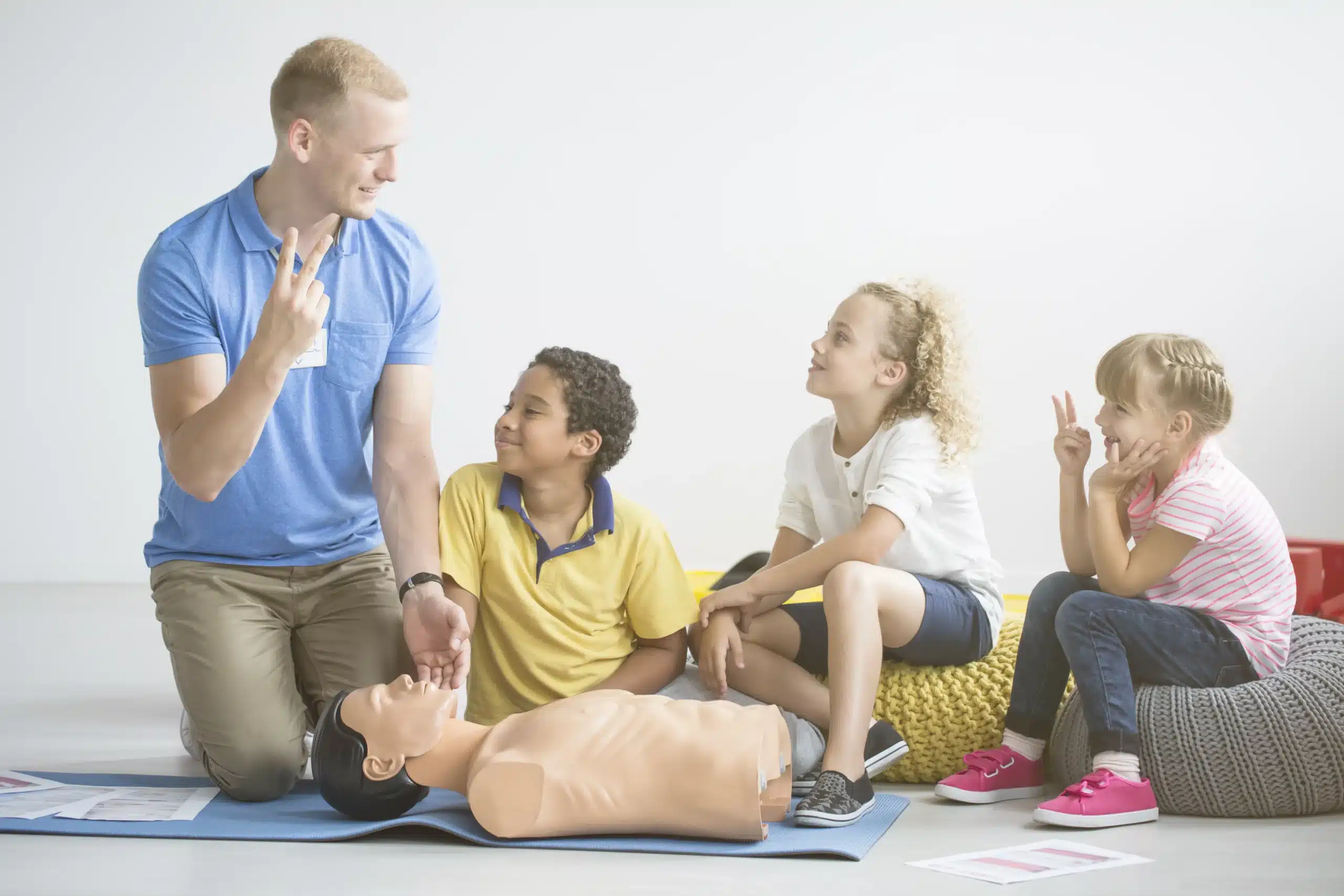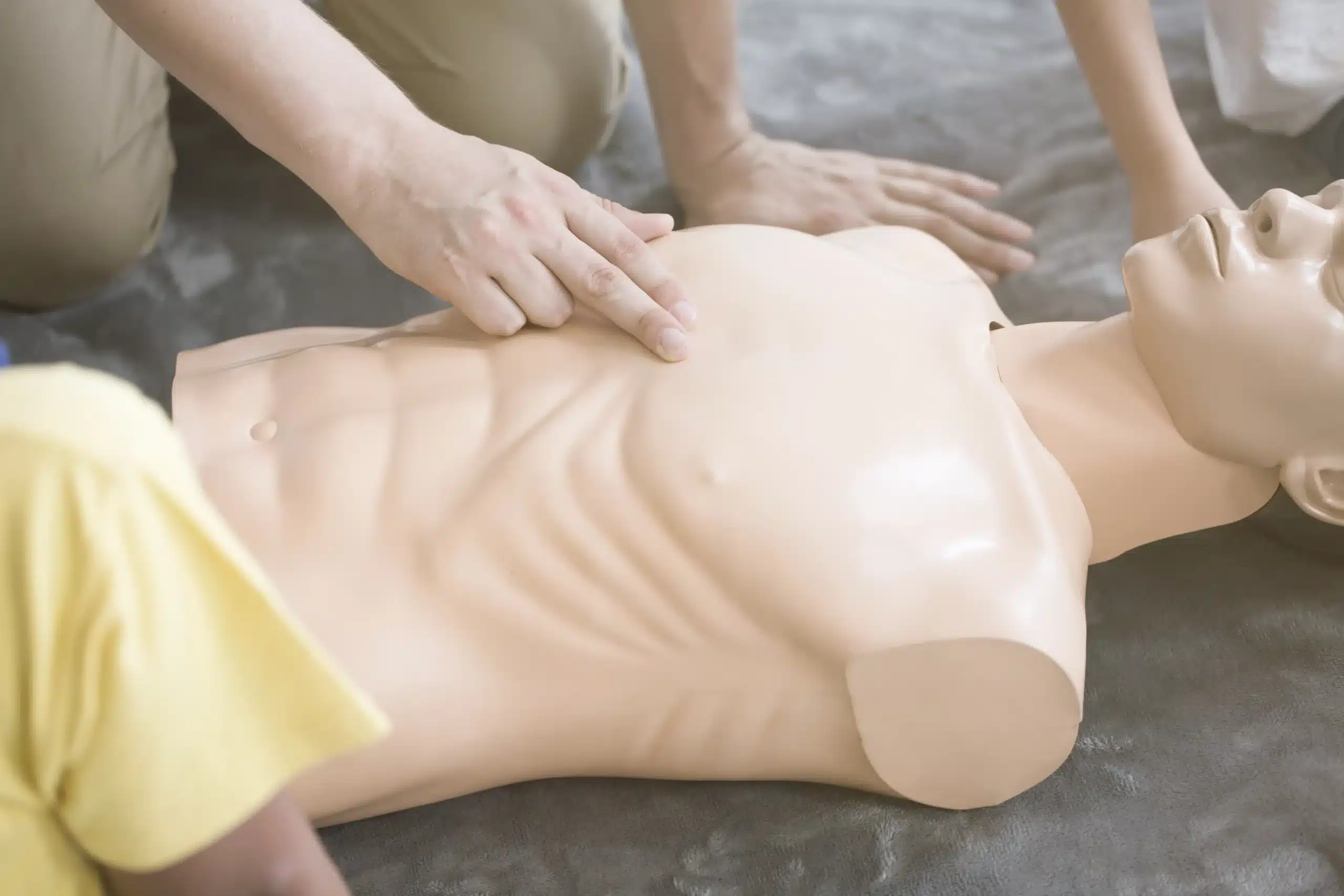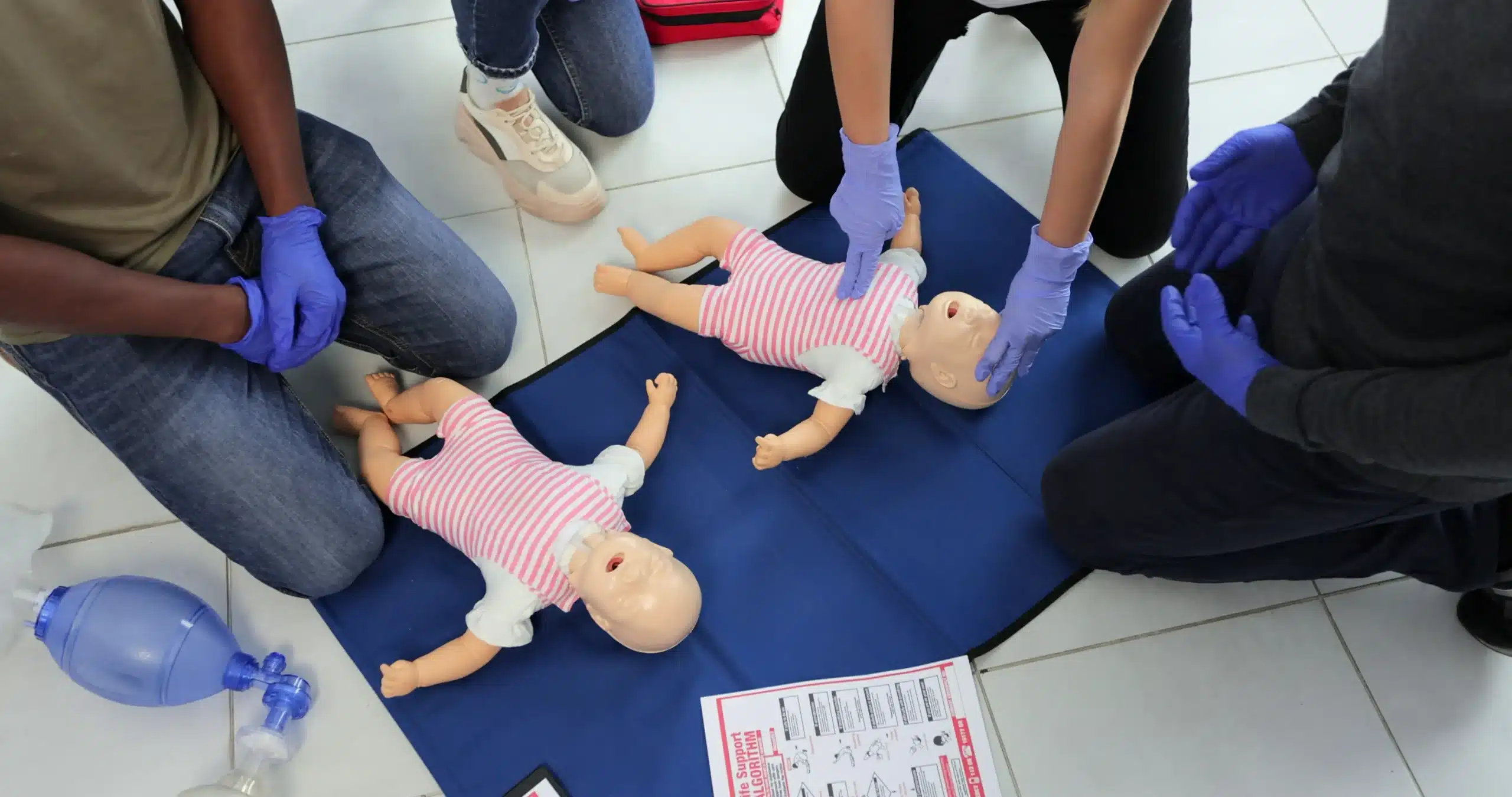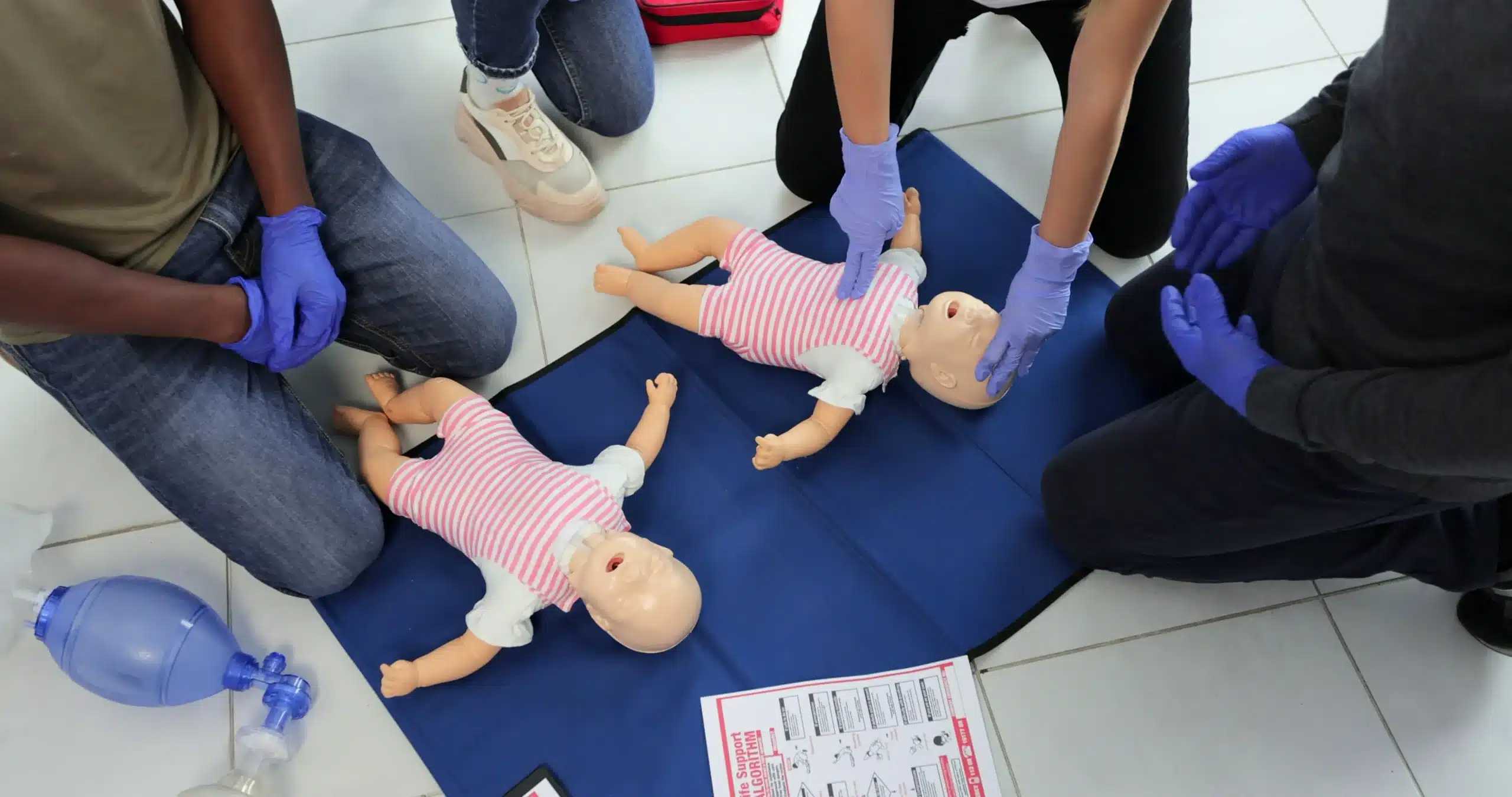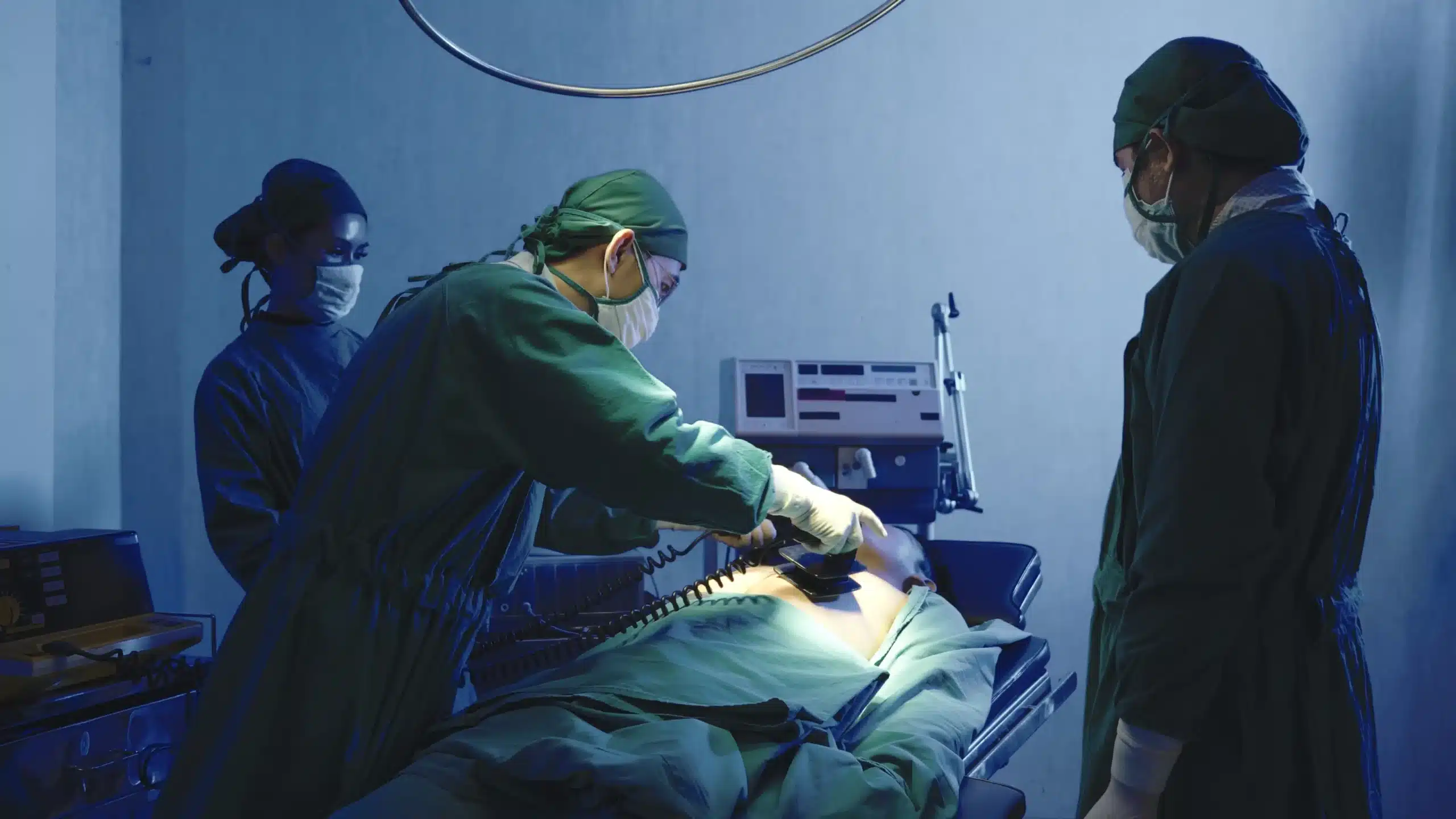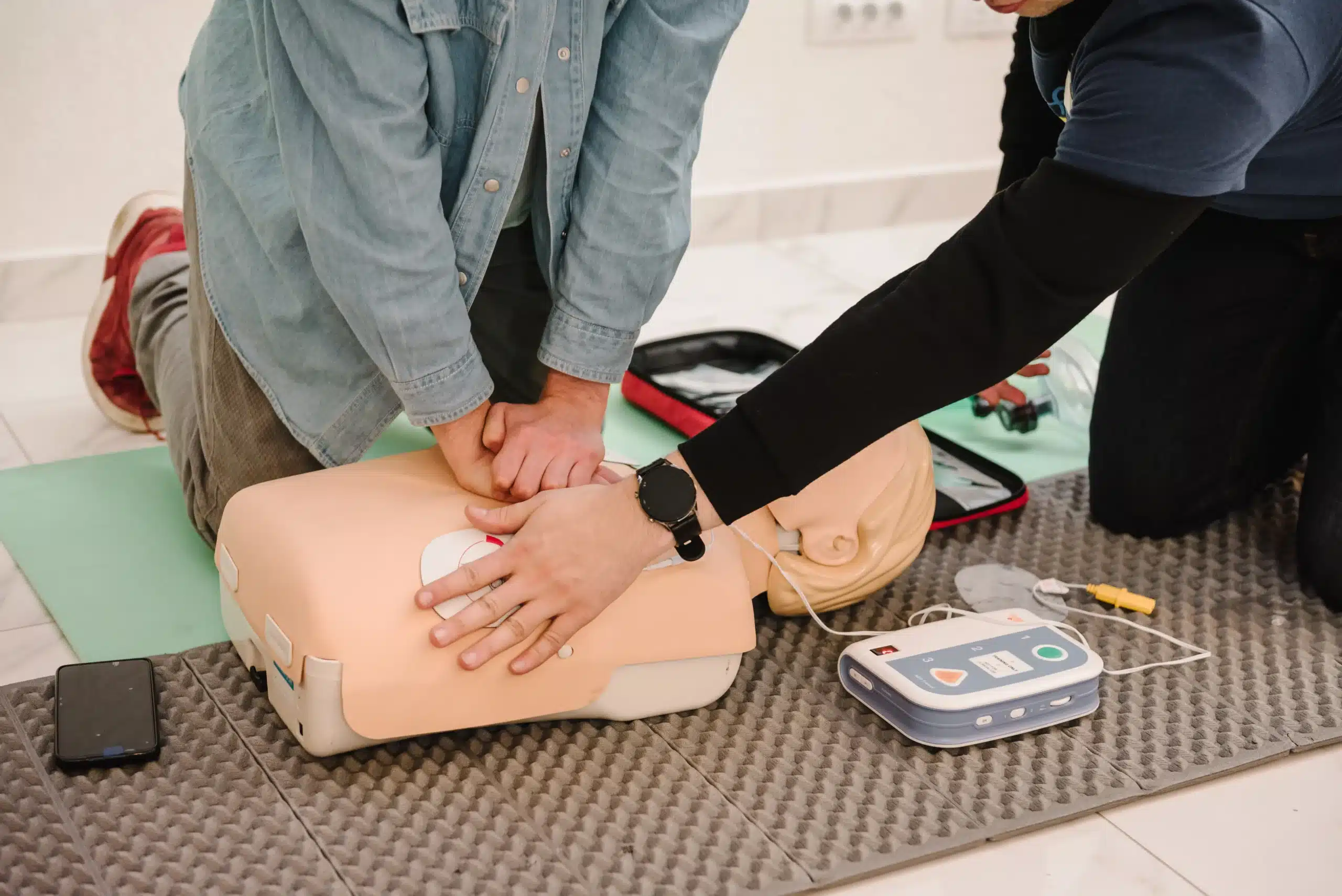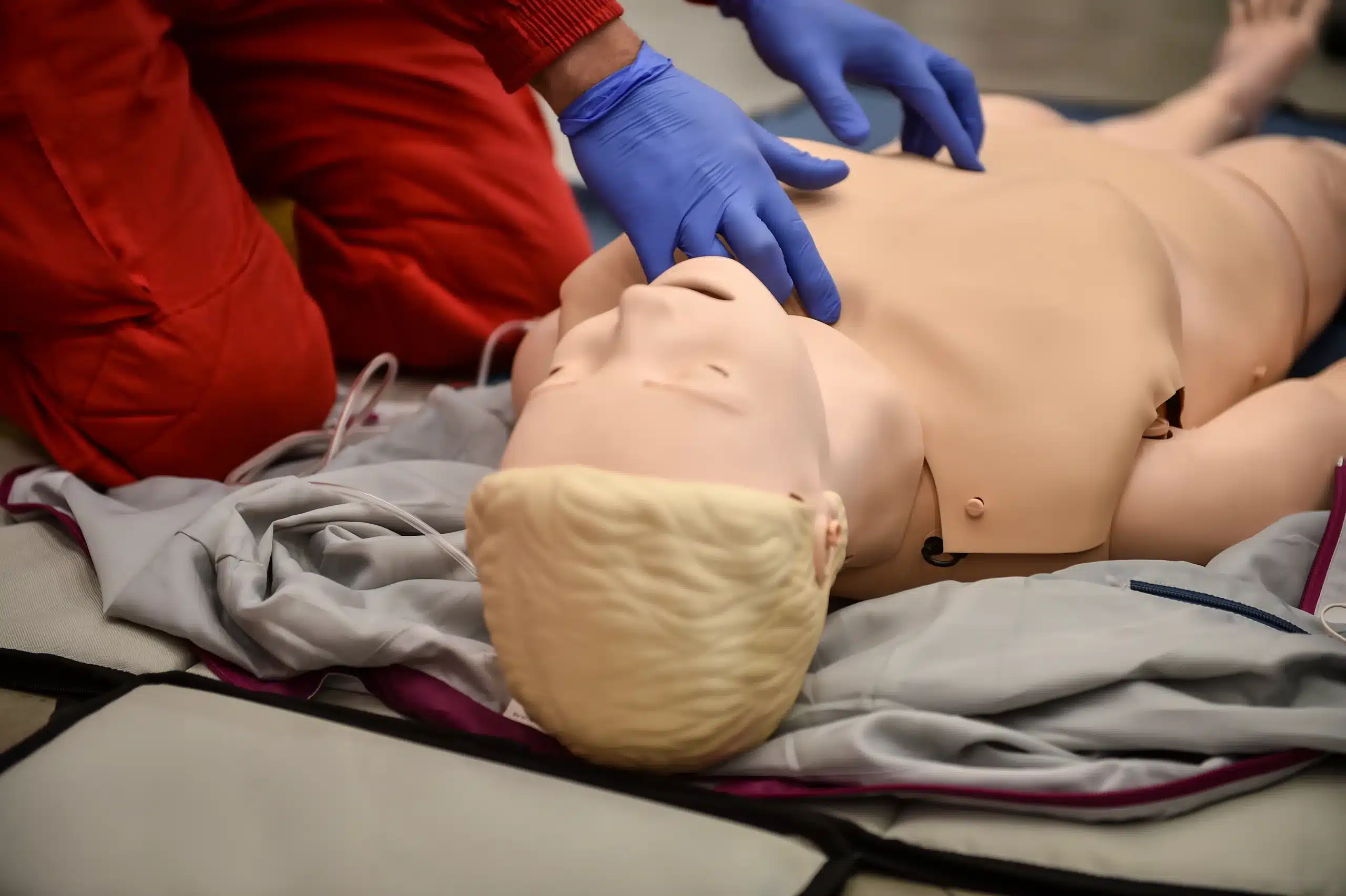Empowering yourself with life-saving skills is one of the most valuable gifts you can give yourself and your community. CPR certification provides you with the knowledge and confidence to respond effectively in medical emergencies, potentially making the difference between life and death. This article will explore the top 10 reasons to get CPR certified today, highlighting the numerous benefits that extend beyond the ability to perform CPR. We’ll discuss how CPR certification can enhance your career, boost your self-esteem, and contribute to a safer environment for everyone. We’ll also address common concerns and debunk myths surrounding CPR training, making the process of becoming certified clear and accessible.
Key Takeaways
- CPR skills empower you in emergencies: Learning CPR provides the confidence and ability to assist loved ones, strangers, or colleagues during life-threatening situations, significantly increasing the chances of a positive outcome.
- Finding the right CPR course is easy: Choose from various formats like in-person classes, online learning, or blended programs to fit your schedule and learning style. Look for reputable providers offering American Heart Association-certified courses.
- Expand your knowledge for greater impact: Combine CPR training with First Aid and AED certification to handle a broader range of medical emergencies. Regular practice and refresher courses ensure your skills remain sharp and up-to-date.
What is CPR?
What is CPR and Why Does it Matter?
CPR stands for cardiopulmonary resuscitation. It’s a lifesaving technique used when someone’s heart stops beating or isn’t beating effectively. This is called cardiac arrest. CPR involves rescue breaths (mouth-to-mouth resuscitation) and chest compressions. These actions help circulate oxygenated blood to the brain and other vital organs. Learning CPR can give you the confidence to act quickly in an emergency. It helps prevent panic and empowers you to potentially save a life.
How Effective is CPR?
CPR dramatically increases the chances of survival, especially when performed immediately. Every minute without CPR decreases the odds of survival. The American Heart Association estimates that widespread CPR knowledge could save nearly 200,000 lives each year. Even a short delay in starting CPR can significantly impact a victim’s chances of recovery. Bystanders trained in CPR can make a real difference while waiting for professional help to arrive.
10 Reasons to Get CPR Certified
Save Lives
Let’s face it: the number one reason to get CPR certified is the potential to save a life. CPR can help someone who has suddenly stopped breathing or suffered sudden cardiac arrest. Knowing how to perform CPR can mean the difference between life and death in these critical situations.
Enhance Your Career
CPR certification is a valuable asset to your resume. It shows potential employers you’re proactive, capable of handling pressure, and committed to safety. Many healthcare jobs require CPR certification, and even in fields where it’s not mandatory, it can give you a competitive edge. Explore our American Heart Association BLS courses to boost your credentials.
Protect Loved Ones
Think about the people closest to you. Wouldn’t you want to be prepared to help them in a medical emergency? Getting CPR certified means you’ll have the skills to assist family members, friends, or even strangers if they experience a cardiac event.
Build Confidence in Emergencies
Emergencies are stressful. Knowing how to perform CPR can give you the confidence to stay calm and take charge when seconds count. Instead of feeling helpless, you’ll be empowered to act quickly and potentially make a real difference.
Improve Community Safety
When more people in a community are CPR certified, it creates a safer environment for everyone. You become a valuable link in the chain of survival, contributing to a more prepared and responsive community. Consider joining one of our discount group classes with friends or colleagues.
Meet Job Requirements
For many professions, especially those in healthcare, CPR certification is a job requirement. Getting certified opens doors to these career paths and ensures you comply with workplace safety standards. Our CPR and First Aid Certification courses cover the essential skills you need. We also offer ACLS and PALS courses through the American Heart Association.
Understand the Human Body
CPR training provides a basic understanding of how the human body works, particularly the respiratory and circulatory systems. You’ll learn about chest compressions and rescue breaths (mouth-to-mouth), gaining valuable knowledge about how to assist someone in a medical crisis.
Learn the Latest Techniques
CPR techniques are constantly evolving as medical research advances. Regular CPR training ensures you’re up-to-date on the latest, most effective methods, giving you the best chance of providing successful assistance. Our courses adhere to the most recent American Heart Association guidelines.
Reduce Victim Recovery Time
Every second counts during a cardiac event. Starting CPR immediately can significantly impact a victim’s chances of survival and reduce their recovery time. Prompt action can minimize the risk of long-term complications.
Inspire Others
When you get CPR certified, you set a positive example for your community. You might even inspire others to get certified, creating a ripple effect that strengthens the overall safety net. Learn more about our low price guarantee and make CPR training accessible to everyone.
When Do You Need CPR?
CPR is a life-saving technique most often used during cardiac arrest. It helps maintain blood flow to the brain and other vital organs until professional medical help arrives. But a heart attack isn’t the only time CPR is needed. Let’s explore some common scenarios where knowing CPR can make all the difference.
Common CPR Scenarios
CPR is a crucial response to several life-threatening situations. While often associated with heart attacks, CPR is also vital for near-drowning experiences, choking incidents, and even drug overdoses. Understanding that CPR isn’t limited to heart-related emergencies can empower you to act quickly in various critical situations.
Who Benefits from CPR Training?
CPR training equips you with the skills and confidence to handle emergencies. It empowers you to take action rather than feeling helpless. This confidence extends beyond emergencies, positively impacting your self-esteem and overall preparedness. A CPR certification is a valuable asset, enhancing your resume and demonstrating your commitment to safety. CPR and First Aid certification benefits everyone—healthcare professionals, childcare providers, parents, or anyone who wants to be prepared. The skills you gain extend to your career, family, and community. Learn more about our CPR and First Aid certification courses in Alameda, CA.
Getting CPR Certified
Now that you understand the importance of CPR, let’s explore how you can become certified. Getting certified is easier than you might think, and the skills you gain can make a real difference.
What Happens in CPR Training?
CPR training equips you with the knowledge and skills to respond effectively during cardiac arrest or respiratory emergencies. You’ll learn how to perform chest compressions and rescue breaths (mouth-to-mouth resuscitation). Many courses also teach Hands-Only CPR, which involves chest compressions only. While full CPR is generally more effective, Hands-Only CPR is a valuable alternative if rescue breaths aren’t feasible. You’ll practice these techniques on mannequins, allowing you to build muscle memory and confidence. Instructors will guide you through the process, answer your questions, and provide feedback. CPR classes also cover essential topics like recognizing the signs of a heart attack, activating the emergency response system (calling 911), and using an AED (Automated External Defibrillator).
Choosing the Right CPR Course
Finding the right CPR course depends on your individual needs and learning style. CPR certification is available to everyone, regardless of age or background. You can choose from various formats, including in-person classes, online courses, or blended learning. In-person classes offer hands-on training and direct interaction with instructors. Online courses provide flexibility and convenience. Blended learning combines the benefits of both formats. Consider your schedule, learning preferences, and budget when selecting a course. Safety Training Seminars offers a range of American Heart Association courses in Alameda, CA, providing flexible options.
Steps to Certification
Getting CPR certified is straightforward. First, find a reputable training provider like Safety Training Seminars, which offers various CPR courses in Alameda, CA. We offer CPR and First Aid certification, along with other life-saving skills. Once you’ve chosen a course, register and complete the training. This typically involves attending classes, participating in practice sessions, and passing a written exam. Upon successful completion, you’ll receive your CPR certification card, valid for two years. Remember to take a refresher course every two years to stay up-to-date on the latest techniques and maintain your certification.
CPR Myths Debunked
It’s understandable to have some hesitations about learning CPR. Many people have concerns, but it’s important to separate fact from fiction so you can act confidently in an emergency. This section addresses some common CPR myths and clarifies why getting certified is so crucial.
Common CPR Fears and Myths
Myth: CPR alone can restart a stopped heart. CPR primarily maintains blood flow to the brain and other vital organs, buying precious time until paramedics arrive. While it can restart a heart, this is less common. Its main purpose is to keep a person alive, increasing their chances of survival when combined with advanced medical care. Understanding CPR’s true function is essential for responding effectively in a crisis.
Myth: You might cause serious harm by performing CPR. It’s natural to worry about making things worse, but remember, inaction is far more dangerous than imperfect action. The risk of harm from properly performed CPR is minimal, while the potential to save a life is significant. Proper training provides the skills and confidence to make a real difference.
Myth: CPR is only for medical professionals. This is simply not true. Anyone can learn CPR—it’s a skill that empowers anyone to help in a critical situation. Debunking this myth is crucial for building safer communities. Bystanders are often the first on the scene, and their actions can be life-saving.
Myth: Getting CPR training online works the same as face-to-face. Online resources can be helpful for reviewing information, but they can’t replace the hands-on practice and personalized feedback you get from a certified instructor. In-person training builds confidence and competence through interactive learning and real-time question answering.
Myth: Performing CPR is complicated and requires special skills. CPR techniques are designed to be straightforward and accessible to everyone. Certified instructors break down the steps clearly, making them easy to learn and remember. Addressing common concerns about proper technique and providing ventilation is a key part of any good CPR course. You’ll gain the practical skills to respond effectively in an emergency.
Expand Your Life-Saving Skills
Learning CPR is a crucial first step, but expanding your skillset can make you even more effective in emergencies. Think of it as building layers of protection—CPR is your foundation, and additional training adds valuable tools to your life-saving arsenal.
First Aid and AED Training
CPR is incredibly effective for a range of emergencies, from heart attacks and strokes to near-drowning incidents and opioid overdoses. But what happens when someone is bleeding heavily, experiences a severe allergic reaction, or suffers a burn? That’s where First Aid training comes in. Learning First Aid equips you with the knowledge and skills to manage these situations, providing immediate care until professional help arrives. It complements your CPR skills, giving you a broader range of tools to handle various medical emergencies. And don’t forget about AED training! Knowing how to use an automated external defibrillator can significantly increase someone’s chances of survival during cardiac arrest.
Ongoing Practice and Refresher Courses
Just like any skill, CPR and First Aid require regular practice to stay sharp. Medical guidelines and best practices can change, so taking refresher courses every few years is essential. These courses reinforce your existing knowledge, introduce you to any updated techniques, and help you maintain the confidence to act quickly and effectively under pressure. Think of it as a tune-up for your life-saving skills, ensuring you’re always ready to respond when it matters most. Plus, regular practice can help reduce any anxiety or hesitation you might feel in a real emergency.
Get CPR Certified Now
Getting your CPR certification is easier than you think. With various options available, you can find a program that fits your schedule and learning preferences. This section will guide you through finding the right CPR class.
Find Local CPR Classes
If you prefer hands-on learning and personal interaction, in-person CPR classes are a great option. Plus, you’ll often receive your certification card the same day. Many organizations offer CPR training, including hospitals, community centers, and dedicated training companies like Safety Training Seminars, which offers CPR and first-aid certification courses in Alameda, CA. A quick online search for “CPR classes near me” can help you find local options. For those in Alameda County, Safety Training Seminars offers a low price guarantee and group discounts, a great option for workplaces or families.
Online vs. In-Person CPR Training
Both online and in-person CPR training have advantages. Online CPR courses offer flexibility and convenience, letting you learn at your own pace, from anywhere. In-person classes provide hands-on practice and direct feedback from certified instructors. Blended learning, combining online coursework with in-person skills sessions, offers a balance of both. Consider your learning style and schedule when deciding which format works best. Learning CPR equips you to potentially save a life, regardless of the format.
Choosing the Right CPR Program
When selecting a CPR program, ensure it’s accredited by a reputable organization like the American Heart Association (AHA). Safety Training Seminars offers a range of AHA-certified courses, including BLS, ACLS, PALS, and NRP. Consider the certification level you need. A basic CPR and first aid course suits most, while healthcare professionals may require more advanced certifications. Look for a program covering adult, child, and infant CPR, AED use, and choking relief. For those interested in teaching, resources like Welia Health offer insights into becoming a CPR instructor.
Related Articles
- Why CPR is Essential for Saving Lives
- The Science Behind Effective CPR: A Comprehensive Guide
- CPR Training in Oakland: Your Guide to Certification – Alameda CPR Classes
- Free CPR Classes: Your Guide to Life-Saving Skills – Alameda CPR Classes
- CPR Courses in Alameda: Your Comprehensive Guide – Alameda CPR Classes
Frequently Asked Questions
How long does it take to get CPR certified? CPR certification courses typically take a few hours to complete, depending on the level of certification and the specific course format. Some providers offer expedited courses, while others offer more comprehensive training spread over a longer period.
What’s the difference between CPR and First Aid? CPR focuses on life-saving techniques for cardiac arrest and respiratory emergencies, primarily chest compressions and rescue breaths. First Aid covers a broader range of medical emergencies, such as injuries, burns, and allergic reactions, teaching you how to provide immediate care until professional help arrives. Both are valuable skills to have, and many courses combine CPR and First Aid training.
How often do I need to renew my CPR certification? CPR certifications are typically valid for two years. Renewing your certification every two years ensures you stay up-to-date on the latest techniques and maintain your skills and confidence. Refresher courses are a great way to keep your knowledge fresh and your skills sharp.
Is online CPR certification accepted? While online CPR courses offer flexibility and convenience, many employers and organizations prefer or require certification from in-person training. Blended learning, combining online coursework with in-person skills sessions, is often a good compromise. Always check with your employer or organization to confirm their specific requirements.
What if I’m afraid of doing something wrong during an emergency? It’s natural to feel hesitant or afraid in a high-pressure situation. However, remember that any action is better than inaction. CPR training equips you with the knowledge and skills to respond effectively, and even imperfect CPR can significantly increase someone’s chances of survival. Regular practice and refresher courses can help build your confidence and reduce hesitation.


